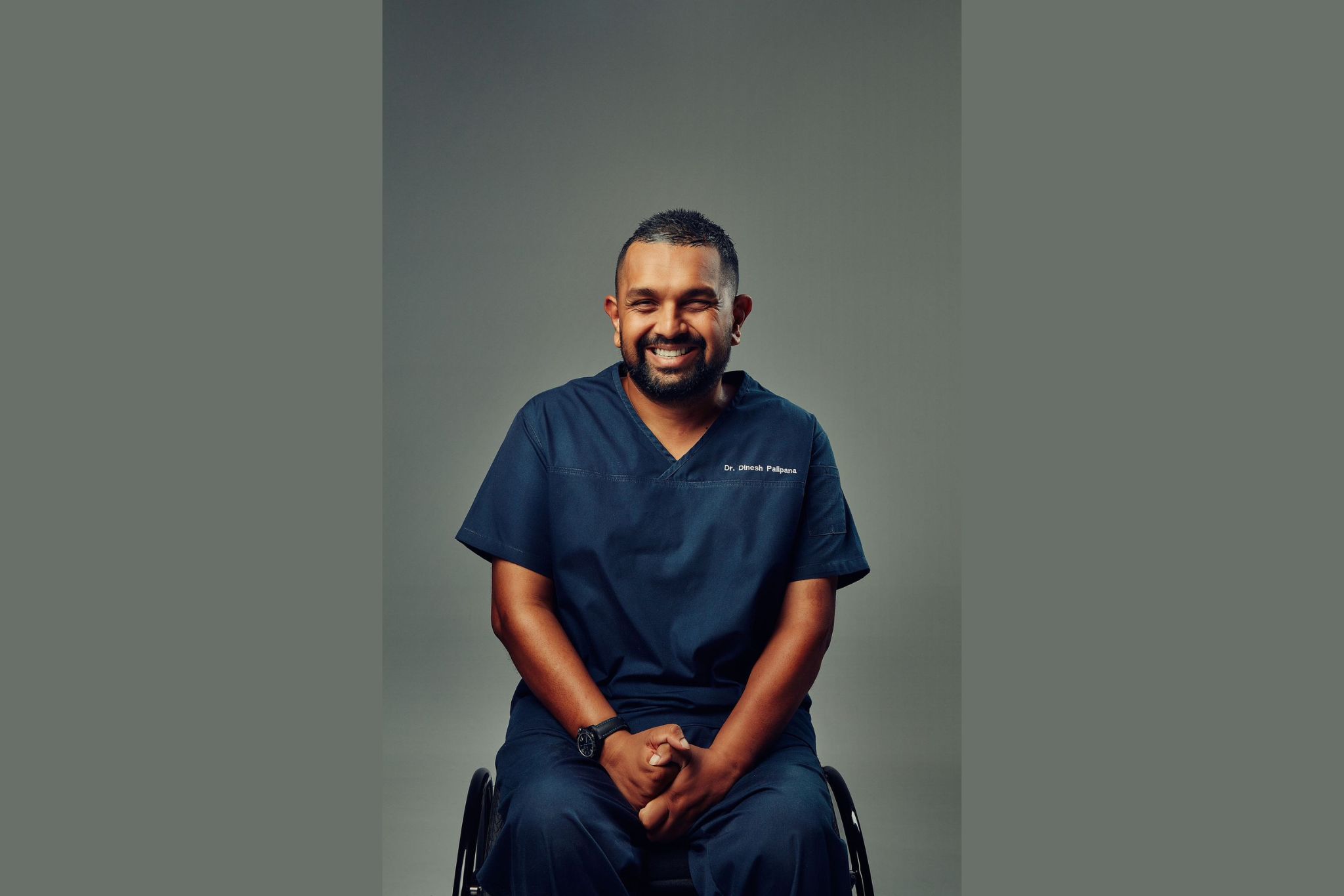Many organisations boast of their inclusive nature, the diversity of their workforces and how in line with current human resources trends they are but are they really that compliant?
A few years ago, I interviewed Dr. Dinesh Palipana as he was poised to enter the workforce as Australia 2nd quadriplegic medical graduate (the first with a spinal cord injury). Dr. Palipana, (whose roots are in Kandy, Sri Lanka) became a quadriplegic during a horrific car crash on Brisbane’s Gateway Motorway. He was just 25-years old at the time and enrolled as a medical student.
Recipient of the 2021 Queensland Australian of the Year award, Dr. Palipana is now the Principal House Officer at Gold Coast University Hospital, senior lecturer at Griffith University, a qualified lawyer and co-founder of Doctors with Disabilities Australia. Paliapana worked to bring first-of-a-kind national policies for inclusivity in medical education and employment, initiated with the Australian Medical Association. He was also the first quadriplegic medical graduate and medical intern in Queensland.
In addition, Palipana is a doctor for the Gold Coast Titans physical disability rugby league team. A member of multiple committees for disability advocacy, his significant contributions towards scientific advances in treating spinal cord injury and restoring function to people with paralysis has been recognised with numerous awards, including Junior Doctor of the Year and the Order of Australia.
The Hype Economy caught up with Dr. Palipana to seek his opinion on the current status of disability bias, rights and the need for diverse workforces in Australia.

Q: Tell us about your experience with disability bias. The challenges you had to face when entering the workforce and how you overcame the
A: “I had a spinal cord injury in 2010. Somewhat naively, I thought that this was a time when society was accepting and inclusive. I was surprised to find that in my journey back to medical school, there was diverse opinion about whether a doctor can function if they use a wheelchair. While some opinions were positive, there were many which were negative as well.
Once I graduated from medical school, employment was a challenge. Fortunately, I had the support of many, including members of the community and the media. Here, I learned two important things.
One is the importance of the free press for a functional democracy. Governments and organisations often respond to outside scrutiny. That is facilitated by a free press. For me, the press played a large part in telling the story which I think encouraged the bureaucratic machinery to respond.
Two is, credit to the community. One of the comments I had before coming back to medical school was a question about whether the patients would take me seriously. I am now in my seventh year as a doctor. I have seen thousands of patients. Would you believe, not one patient has said anything negative about the spinal cord injury? The community at large is good. The power is in the hands of the people, and they can do much to hold organisation and governments accountable.”
Q: You co-founded an organisation to further the cause of workplace equality- Doctors with Disabilities Australia. We would like to know more about it.
A: “When I was coming back to medicine, there was resistance, including new structural barriers put in place to halt the progress of people with disability in medicine. Doctors with Disabilities Australia was founded to change some of the structures, to progress inclusion in medicine, and the support people one at a time.
We have had the privilege to contribute to some important pieces of work over the years, which has been great”.
Q: Has Australia become more accepting of diverse workforces, in general?
A: We are starting to move, but there is still a way to go. Unemployment is still a problem for people with disabilities, disproportionately so. There are employers who are trying to do good work. Some of the progressive ones that I have had conversations with over the years include Australia Post, Woolworths, Virgin Australia, Chevron Energy, Gold Coast Titans, and Griffith University, for example. These organisations have made an effort, which counts for much. It is important for leaders like this, to take steps, because it sets the tone for the rest.
There are some great pieces of work happening, for example, the IncludeAbility programme (https://includeability.gov.au/) at the Australian Human Rights Commission. This is a brilliant program that brings employers to drive inclusive employment in the country.
Q: What is your advice to organisations that want to improve?
A: Say yes! As Richard Branson said, “say yes – then learn how to do it later!” Sometimes, we are figuratively paralysed by intellectualising situations too much. When it comes to inclusion, we may not get it right all the time, but we have to make a start. It’s a learning process, which, by mutual respect, can be used to develop a great environment.
When it came to the emergency department at the Gold Coast University Hospital, or the Australian College of Rural and Remote Medicine who took me on for training, there was a lot we had to figure out, but the process has been mutually beneficial. It takes courage, but the results are good.
(Apsara Kapukotuwa)
